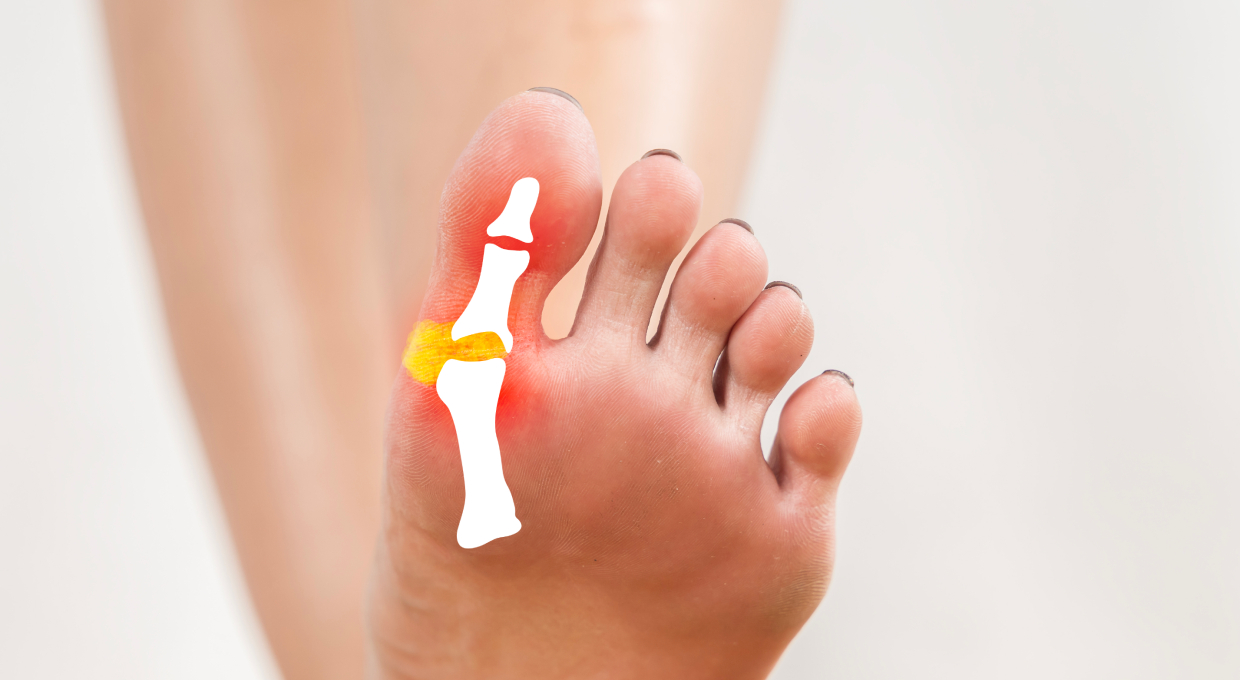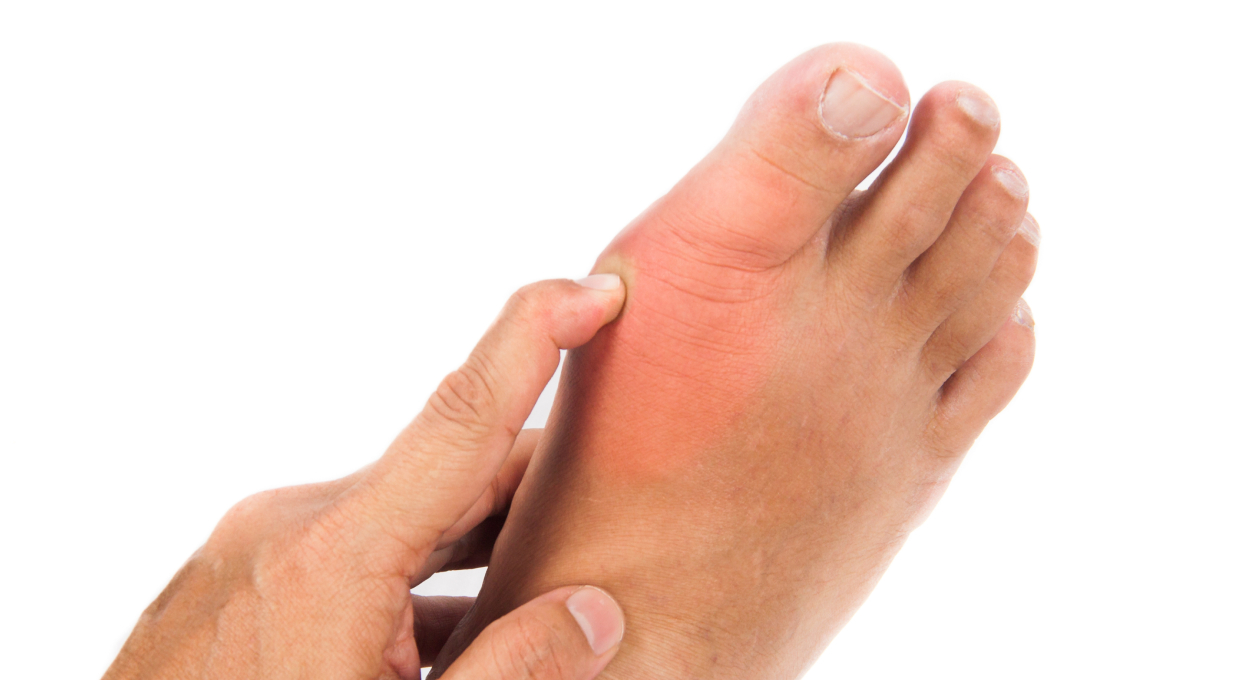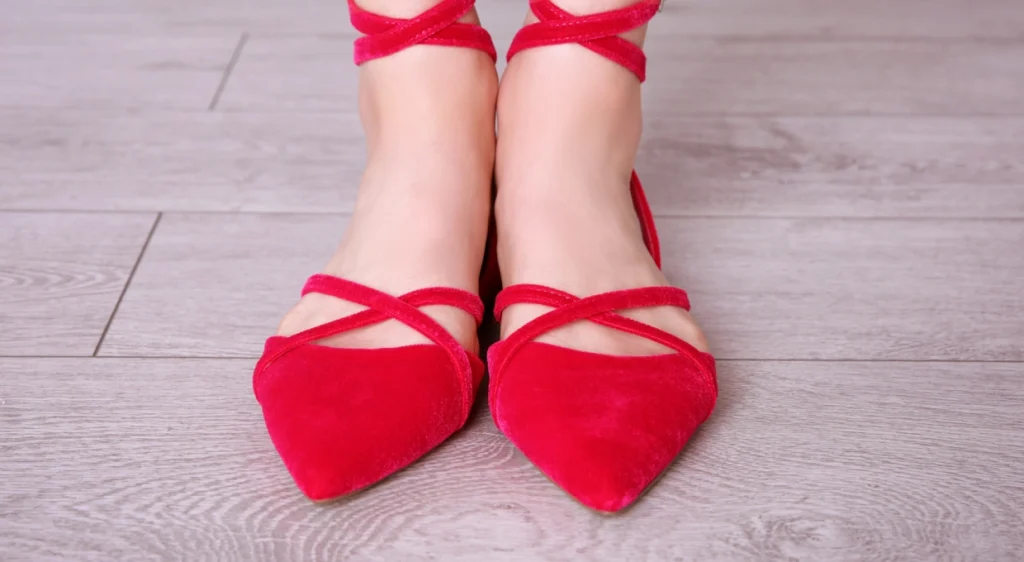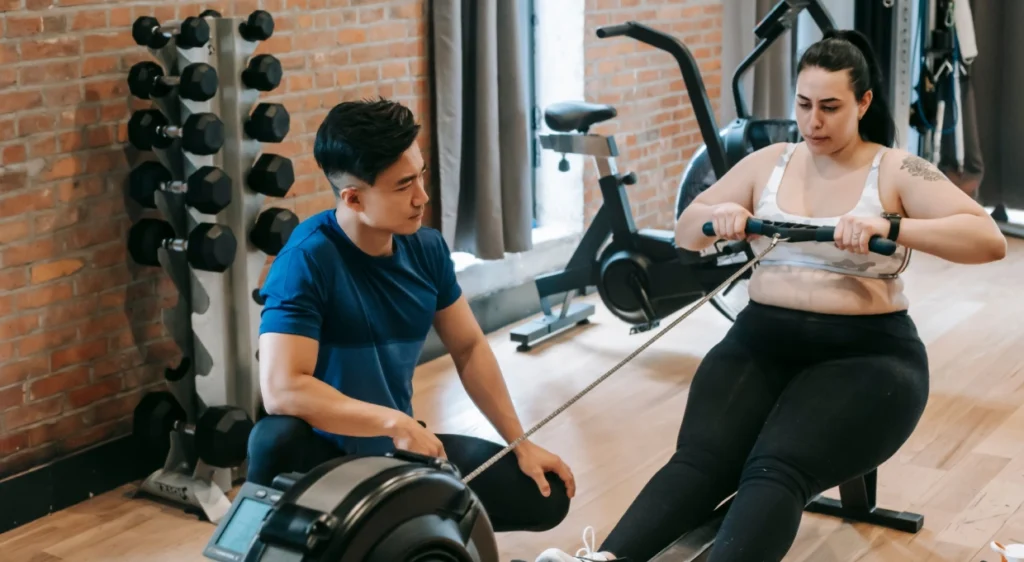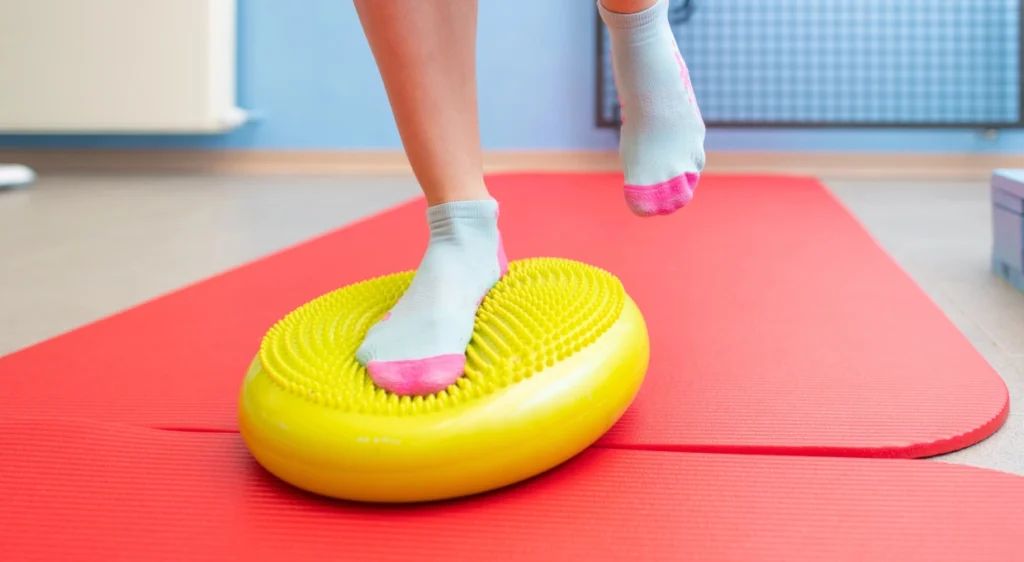What is bunion (hallux valgus)?
From an anatomical point of view, hallux valgus is the result of an instability of the first metatarsophalangeal joint. The metatarsal bone is displaced inward, while the proximal phalanx of the first toe is deflected outward. This creates a bony protrusion that rubs against the shoe, causing corns, bursitis and overloading of the adjacent toes.
It is important to emphasize that it is not “new bone” that grows, but a progressive bone misalignment. The earlier it is detected, the more options there are to control it and slow its progression.
Symptoms, causes and diagnosis
Initial symptoms are usually mild, such as discomfort when wearing narrow shoes. Over time, the pain increases and is accompanied by recurrent swelling, difficulty in finding suitable footwear and visible deformity. In advanced stages, the hallux may mount on the second toe, resulting in claw or hammertoes.
Main causes
- Hereditary factors: genetic predisposition is a determining factor. It is estimated that more than 60% of patients have relatives with bunions.
- Inadequate footwear: shoes with narrow toes or high heels favor the displacement of the big toe.
- Biomechanical alterations: flat foot, pronated foot or hypermobility of the first radius.
- Associated diseases: rheumatoid arthritis, neuromuscular diseases and collagen disorders.
Diagnosis
Diagnosis is made by clinical examination and loading radiography. The latter allows measurement of the
- Mild: HVA less than 20°.
- Moderate: HVA between 20° and 40°.
- Severe: HVA greater than 40°.
The classification guides the treatment, from conservative measures to the choice of the most appropriate surgical technique.
Non-surgical treatment
Although no conservative treatment corrects the bony deviation, they can alleviate symptoms and slow progression:
- Appropriate footwear: wide last, soft materials and cushioned sole.
- Silicone spacers: reduce friction and improve temporary toe alignment.
- Orthopedic insoles: redistribute loads and reduce metatarsal overload.
- Physiotherapy: joint mobility exercises, strengthening of the plantar arch and stretching.
- Pharmacological treatment: anti-inflammatory and analgesic drugs in acute pain phases.
These measures are especially useful in elderly people, with low activity level or with contraindications for surgery.
When is surgery indicated?
Surgery is indicated when the bunion generates persistent painlimits walking or affects the quality of life. Also in cases of progressive deformity that compromises other fingers or produces secondary osteoarthritis.
Surgery is not recommended for purely aesthetic reasons or in asymptomatic bunions. Each patient should be evaluated individually, taking into account age, activity, expectations and degree of deformity.
Open vs. percutaneous surgery
Open surgery
Traditional open surgery involves larger incisions and direct access to the bone. There are multiple techniques (Chevron, Scarf, Lapidus, etc.), which make it possible to correct severe deformities. Its advantages are high surgical visibility and fixation stability. The disadvantages are: longer scar, slower recovery and possibly more intense postoperative pain.
Percutaneous or Minimally Invasive Surgery (MIS)
In MIS surgery, the surgeon uses motorized drills through incisions of a few millimeters, guided by fluoroscopy. This allows precise bone cuts to be made and the bone to be moved into its correct position. Its advantages are minimal incisions, less aggression to soft tissues, less pain, almost invisible scars and early support after surgery. Its limitations: not always indicated in severe deformities and requires great experience.
Recovery: timing and expectations
Recovery depends on the type of bunion operation, the degree of deformity and the characteristics of the patient. With the percutaneous technique, many patients can walk with a post-surgical shoe from the first day. With open techniques, partial unloading may be prolonged for a few weeks.
Indicative recovery times
- Walking with special shoe: immediate in MIS, 2-3 weeks in open.
- Return to normal footwear: 6-8 weeks.
- Office work: 2-3 weeks.
- Physical labor: 8-12 weeks.
- Low impact sports: 6-8 weeks.
- Impact sports: 3-4 months.
- Full recovery: up to 12 months.
Physical therapy plays a key role in regaining mobility, strength and balance. Lymphatic drainage massages, joint mobility exercises and strengthening of the plantar arch help speed recovery.
Possible complications
Although bunion surgery has high success rates, it is not without risk:
- Infection: infrequent (1-2%).
- Nerve injury: may cause loss of sensitivity in the area.
- Non-consolidation of bone: rare, less than 1%.
- Joint stiffness: difficulty in moving the finger after surgery.
- Recurrence: around 5-15% depending on the technique and patient factors.
The best prevention is to put yourself in the hands of a specialized team with experience in foot surgery.
The process at Clínica San Román
At Clínica San Román we are pioneers in percutaneous foot surgery in Spain and Europe, with more than 40 years of experience. Our protocol includes:
- Initial consultation with physical examination and x-rays.
- Detailed explanation of the surgical plan and expectations.
- Intervention under local anesthesia, without the need for hospitalization.
- Possibility of walking the same day with post-surgical shoe.
- Periodic reviews and personalized follow-up.
- Physiotherapy plan adapted to each patient.
The goal is to achieve a rapid recovery, with as little pain as possible and long-lasting results in both function and esthetics.
Frequently Asked Questions
Does bunion surgery hurt?
During surgery there is no pain due to local anesthesia. After surgery, pain is usually mild to moderate and can be controlled with analgesics.
When can I drive again?
Generally, from the sixth week if the surgery was on the right foot. In the left foot and with an automatic car, it can be brought forward.
When can I do sports?
Non-impact sports (cycling, swimming) can be resumed after 6-8 weeks. For impact sports (running, soccer) it is recommended to wait 3-4 months.
Is it possible to operate on both feet at the same time?
Yes, in many cases it is possible to intervene both feet in the same surgery, although it will depend on the clinical evaluation and the expected recovery.
Can the bunion come back?
There is a risk of recurrence, especially in young patients or those with predisposing factors. Good surgical technique and adherence to recommendations reduce this risk.
Conclusions
The bunion is a common pathology that can limit daily life. Minimally invasive surgery has revolutionized its treatment, allowing a faster and less painful recovery, although open surgery is still essential in complex cases. The key is a correct assessment by a specialist and an individualized treatment and rehabilitation plan.
Summarized bibliography
- AAOS OrthoInfo: Bunions (Hallux Valgus).
- AOFAS: Position Statement on Minimally Invasive Surgery (2024).
- Mayo Clinic: Bunions – Diagnosis & Treatment.
- NHS: Bunions & Hallux Valgus Surgery Guidelines.
Last update: August 25, 2025.
